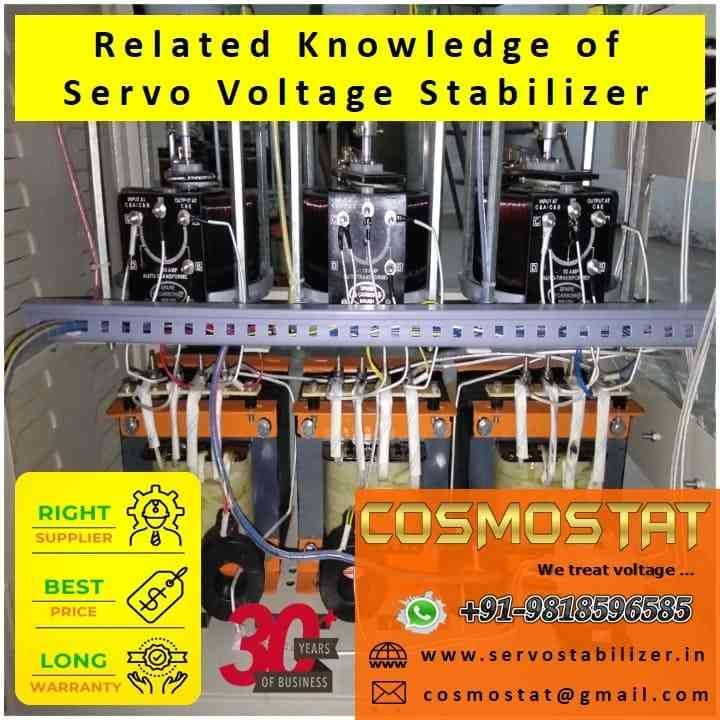
Servo Stabilizer working principle.
Voltage fluctuations are a common occurrence in electrical systems, stemming from factors such as power grid variations, lightning strikes, and load imbalances. These fluctuations can have detrimental effects on sensitive electronic devices, leading to malfunctions, reduced lifespan, and data loss.
Understanding Voltage Fluctuations
Voltage fluctuations involve both overvoltage (surges) and undervoltage (sags). Overvoltage can result from lightning strikes or sudden load reductions, while undervoltage occurs during high demand periods or faulty power distribution.
The Role of a Servo Stabilizer
A servo stabilizer acts as a guardian of electronic devices against voltage fluctuations. It ensures a constant voltage output to the connected equipment regardless of the incoming voltage changes.
Components of a Servo Stabilizer
A typical servo stabilizer consists of key components such as a voltage sensor, a control circuit, a buck-boost transformer, and a motor-driven variable transformer.
Working Mechanism of a Servo Stabilizer
The voltage sensor continuously monitors the input voltage, sending real-time data to the control circuit. The control circuit processes this information and commands the motor to adjust the position of the variable transformer. This alteration in transformer position regulates the output voltage and maintains it within acceptable limits.
Control Circuitry
Modern servo stabilizers often employ microcontrollers and digital processing techniques to achieve precise and rapid voltage correction.
Voltage Correction Process
When the input voltage deviates from the set threshold, the control circuit activates the motor. If the voltage is too high, the motor rotates in one direction to decrease the transformer's output voltage. Conversely, if the voltage is too low, the motor adjusts the transformer position to elevate the output voltage.
Speed of Correction
The servo stabilizer's quick response time ensures minimal disruption to the connected devices, making it highly effective in safeguarding sensitive equipment.
Benefits of Using a Servo Stabilizer
Using a servo stabilizer offers multiple benefits, including extended equipment lifespan, reduced downtime, enhanced performance, and protection against data loss.
Applications Across Industries
Servo stabilizers find applications in various sectors, such as healthcare, manufacturing, IT, telecommunications, and residential environments.
Maintenance and Troubleshooting
Regular maintenance, including inspection and calibration, is essential to ensure the servo stabilizer's continued effectiveness. Troubleshooting techniques can help identify and rectify common issues.
Choosing the Right Servo Stabilizer
Selecting an appropriate servo stabilizer involves considering factors like load capacity, correction speed, and energy efficiency to match specific requirements.
Energy Efficiency Considerations
Advancements in servo stabilizer technology have led to improved energy efficiency, contributing to cost savings and reduced environmental impact.
Future Innovations in Stabilization Technology
As technology evolves, we can anticipate further innovations in servo stabilizers, potentially integrating smart features and advanced communication capabilities.
Conclusion
In conclusion, the servo stabilizer serves as a crucial line of defense against voltage fluctuations, ensuring stable and reliable power supply to sensitive electronic devices. Its intricate working principle, encompassing voltage sensing, motor-driven transformation, and rapid correction, makes it an indispensable asset in various industries.

